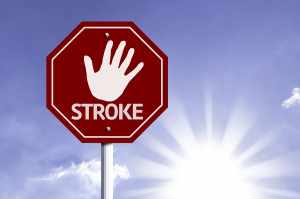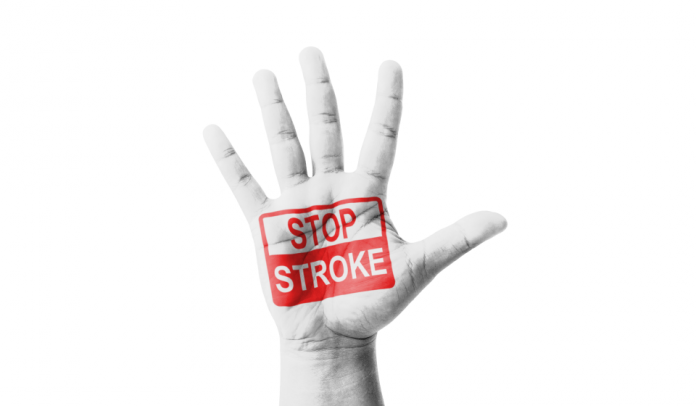Fortunately, the risk factors that contribute to stroke have been well researched so that stroke can be effectively prevented. In the following article, we get to know about How to prevent a stroke? So don’t skip the article from anywhere and read it carefully because it’s going to be very useful for you guys.
However, there are risk factors that cannot be influenced, such as age, gender,` or genetic predisposition. Nonetheless, the majority of factors predominate which, if known, can be controlled by personal lifestyle or with the help of a doctor.
Table of Contents
Is it possible to prevent a stroke at all?
There are many studies that have looked at this question and the answer is clearly “yes”.
As early as 2008, a study with over one hundred thousand participants examined how lifestyle affects the risk of stroke.
Five factors were found that reflect a “healthy lifestyle” :
- No cigarette consumption
- at least 30 minutes of moderate physical exercise per day
- a balanced diet
- a body mass index
- moderate alcohol consumption
The scientists assume that around half of all strokes can be traced back to an unhealthy lifestyle, i.e. to the disregard of these five factors.
In 2016 a study was published in the journal “The Lancet”, the result of which was even clearer. Ten factors have been identified worldwide that favor a stroke. In addition to an unhealthy lifestyle, this includes metabolic factors (metabolic variables) that can be determined by blood tests, and also environmental factors.
Lifestyle to prevent a stroke :
- smoking
- little movement
- unhealthy diet
Metabolic quantities to prevent a stroke :
- high body mass index (BMI)
- The high fasting glucose levels
- high cholesterol
- low glomerular filtration rate (suggests kidney damage)
- Spontaneous bacterial peritonitis (inflammation as a result of a “water belly”; rare in Germany)
Environmental factors to prevent a stroke :
- high air pollution
- high lead pollution
Improve Lifestyle
A healthy lifestyle not only prevents a stroke, but also many other diseases such as heart attack, diabetes mellitus, or even depression.
In addition to giving up smoking, a healthy lifestyle also includes a balanced diet, low alcohol consumption, and sufficient exercise.
Nourishment to prevent a stroke
Studies have shown that the so-called “Mediterranean diet” is particularly healthy. People who strictly adhered to this type of diet were able to reduce their risk of stroke by up to 32 percent.
Move to prevent a stroke
Even those who exercise regularly have a lower risk of suffering a stroke. This has shown by a meta-analysis that summarized the results of 23 different studies on this topic.
It has shown that moderate exercise reduces the risk of stroke by 20 percent compared with little or no daily exercise. With high activity, the risk even drops by 27 percent.
To significantly reduce the risk of stroke, it is sufficient to take a brisk walk for 30 minutes every day. Or to go to work by bike instead of by car.
Smoking
Most people are aware that smoking is unhealthy. However, tobacco use often only associated with shortness of breath or lung cancer. But the blood vessels also injured by the substances contained in the smoke, which can lead to vascular calcification or arteriosclerosis and ultimately to a stroke.
Weight to prevent a stroke
Those who keep the above points in mind and live a healthy lifestyle should usually not have a problem with weight.
The body mass index (BMI) indicates whether the weight is healthy in relation to height. A BMI between 18 and 24 kg / m ^ 2 is desirable. If the BMI over 24 kg / m ^ 2, the person consider overweight. This excess weight should then reduce through lifestyle changes.
Stress to prevent a stroke
However, severe emotional stress can make a stroke more likely. When a person stresses, their sympathetic nervous system activates as part of the autonomic nervous system.

He goes into a “fight or flight” mode. Especially with chronic stress, this mode remains active for a long time without the organism being able to recover. This can lead to high blood pressure and damage the blood vessels.
Also read: how to restart iPad










Thanks for sharing. I read many of your blog posts, cool, your blog is very good.
I don’t think the title of your article matches the content lol. Just kidding, mainly because I had some doubts after reading the article.